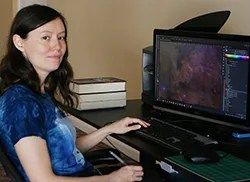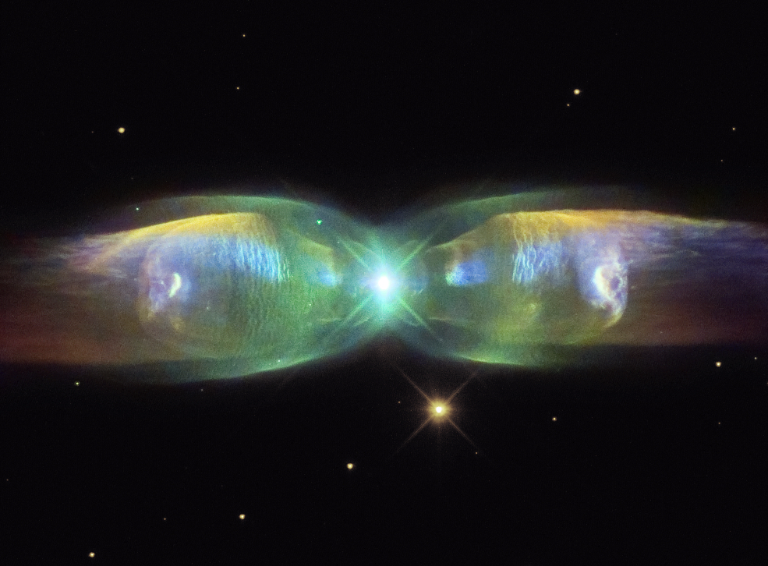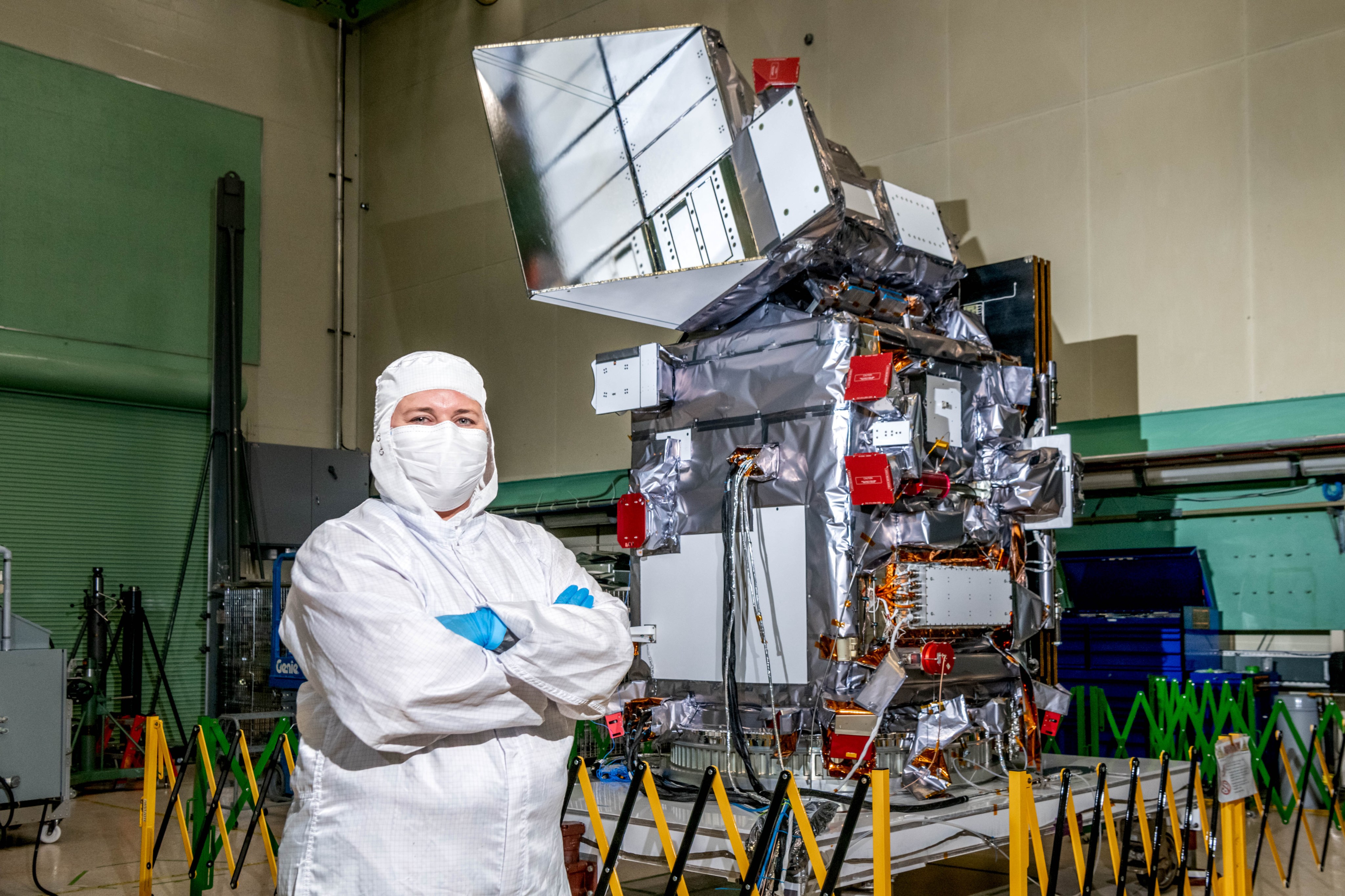2 min read
Location

Modesto, California
What do you study?
I study image processing, specifically astronomical image processing. More broadly, I study all sorts of topics in astronomy because there are so many different images of many different types of objects and phenomena. When I first got into it, I was focusing more on planetary nebulas. On top of being very interesting and artistic, they’re mysterious.
Why do you do citizen science?
It became a way to connect with people with similar interests. The scientists themselves are willing to interact with you personally in forums if you have questions, and it’s one way to speak to a real scientist, a real astronomer. You’re also doing real science without all of the upfront costs and effort of going to school and getting a degree. Mostly, though, I found an enduring passion in it, not just a short-lived passion. I didn’t feel tired of it after six months or a year. Astronomy is something wonderful that everyone can enjoy—unless you think the Earth is flat.
What’s your day job?
This is a hard question for me. I moved to New York City to be with my husband and found myself without a job in a strange new city. I was bored and depressed. I got into citizen science partly because I felt worthless and was looking for purpose. With my background, I eventually landed in this sort of perfect combination of astronomy—something I’ve always been interested in—along with graphic design, art, and imagery, which was originally my professional background. I found a way to take those skills and apply them to astronomy. I feel very fortunate and lucky that this is my “day job” now
Favorite contribution you’ve made?
Minkowski’s Butterfly [a planetary nebula in the direction of the constellation Ophiuchus]. It was one of these turning points where I felt that something I produced was very stunning and so many people just loved it and said, “Wow, that’s a thing that exists?” There were other pictures of it, but this particular version of the picture was so much clearer. When I first looked at this image in the Hubble archives, my heart stopped. I still think, if I were to point the Hubble Telescope at one thing, this would be my number one.








